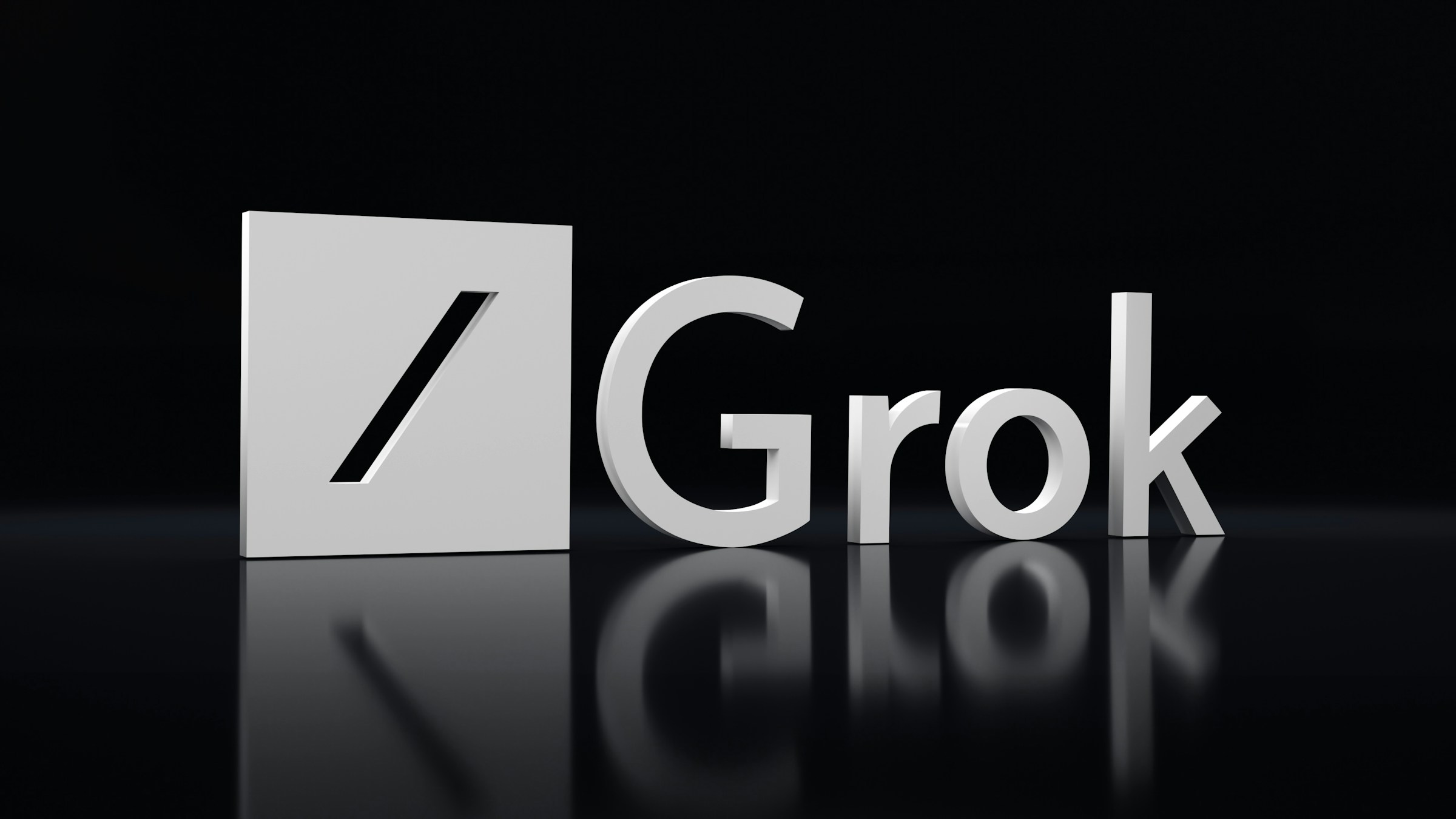Elon Musk’s artificial intelligence startup, xAI, has launched its latest AI model, Grok-3, a new version of its chatbot technology designed to rival OpenAI. This launch comes just days after Musk’s unsolicited bid to acquire OpenAI was rejected, intensifying the competition between xAI and OpenAI in the AI market.
During a live-stream presentation on Monday, xAI demonstrated that Grok-3 outperforms leading AI models such as OpenAI’s GPT-4, Alphabet’s Google Gemini, and DeepSeek’s V3 model across multiple benchmarks, including math, science, and coding. Musk claimed that Grok-3 has “more than 10 times the compute power” of its predecessor and completed pre-training earlier in January, which he highlighted during the session alongside several xAI engineers.
While Musk’s claims have not been independently verified, they contribute to an escalating rivalry with OpenAI, which Musk co-founded. Musk’s criticisms of OpenAI have been public for years, especially since he left the board in 2018. In recent weeks, Musk has filed two lawsuits against OpenAI, accusing the organization of deviating from its nonprofit mission. He also made a $97.4 billion offer to buy OpenAI’s nonprofit arm, which was rejected by OpenAI’s CEO, Sam Altman, who dismissed the bid as an attempt to “slow us down.”
Alongside Grok-3, xAI introduced a new AI-powered search engine called DeepSearch. This tool is designed to not only answer queries but also explain how it processes and generates its responses. It incorporates features like research, brainstorming, and data analysis, showcasing how AI can be leveraged for more complex tasks. xAI also announced plans to develop a voice-based chatbot to expand its offerings in the AI space.
Grok-3 is available to Premium+ subscribers on X, Musk’s social media platform, which costs $22 per month, significantly lower than the $200 per month for full access to OpenAI’s GPT-4. Additionally, xAI is launching a new subscription service, SuperGrok, for the Grok model’s mobile app and the Grok.com website. Musk has also promised to open-source previous versions of Grok once Grok-3 is fully mature, with this process expected to be completed in the next few months.
In the wake of Grok-3’s release, Andrej Karpathy, an AI expert and former OpenAI leader, posted a preliminary review on X. He acknowledged that Grok-3 was competitive with OpenAI’s top models but also noted that the new model, like others, struggled with accuracy at times, including fabricating facts.
Amid the AI arms race, xAI is also in talks to raise $10 billion in funding, which could value the company at around $75 billion. OpenAI is simultaneously negotiating a funding round that could bring its valuation to $300 billion, highlighting the immense capital flows into the AI sector. These companies are ramping up their infrastructure investments as they seek to dominate the rapidly growing AI market, with notable backing from firms like SoftBank, Oracle, and Dell Technologies, which are helping provide the hardware and data center infrastructure necessary for these AI models.
Despite the competition, new players in AI, such as DeepSeek, are emerging. DeepSeek, a Chinese AI company, launched its own open-source AI model, R1, last month, which it claims outperforms top US-based models on various benchmarks. This model was built at a fraction of the cost of US competitors, signalling that new challengers could disrupt the market dynamics established by companies like OpenAI and xAI.
As the AI race intensifies, Musk’s xAI and its competitors are gearing up to reshape the landscape of artificial intelligence, with Grok-3 marking a significant step in the ongoing battle to dominate the next generation of AI technologies.


